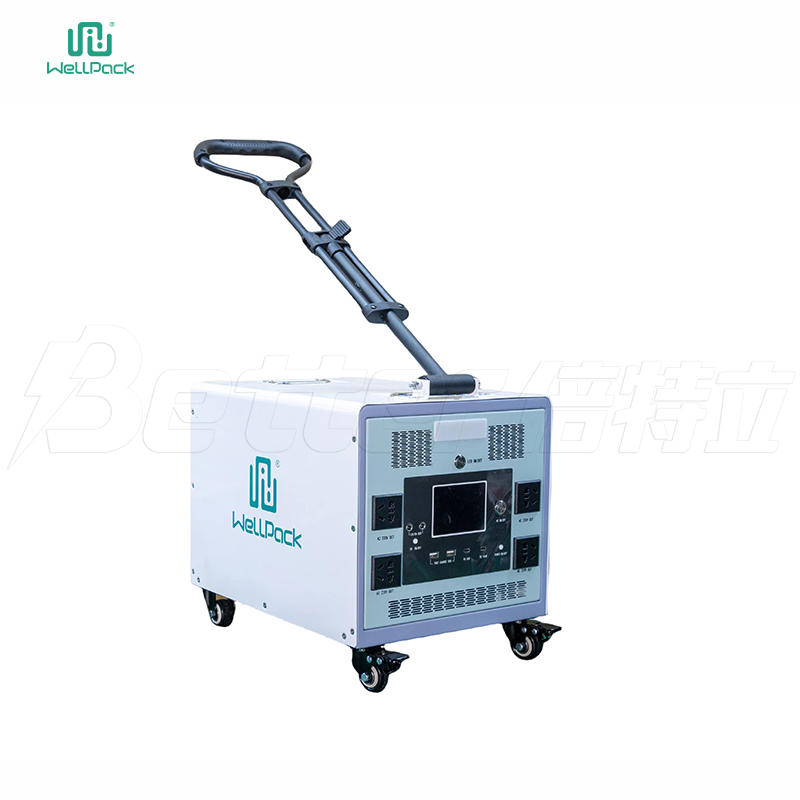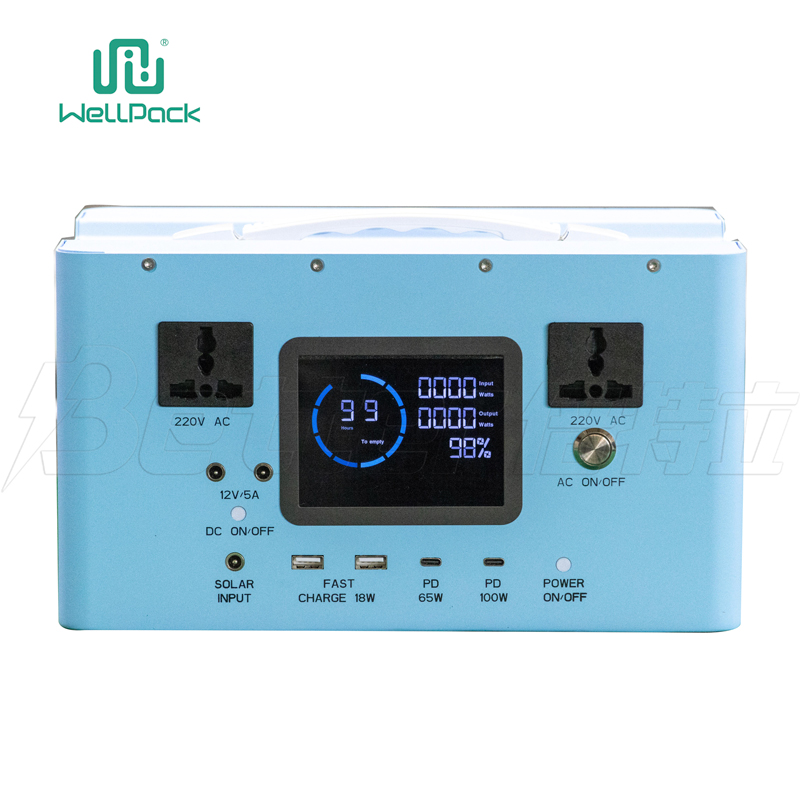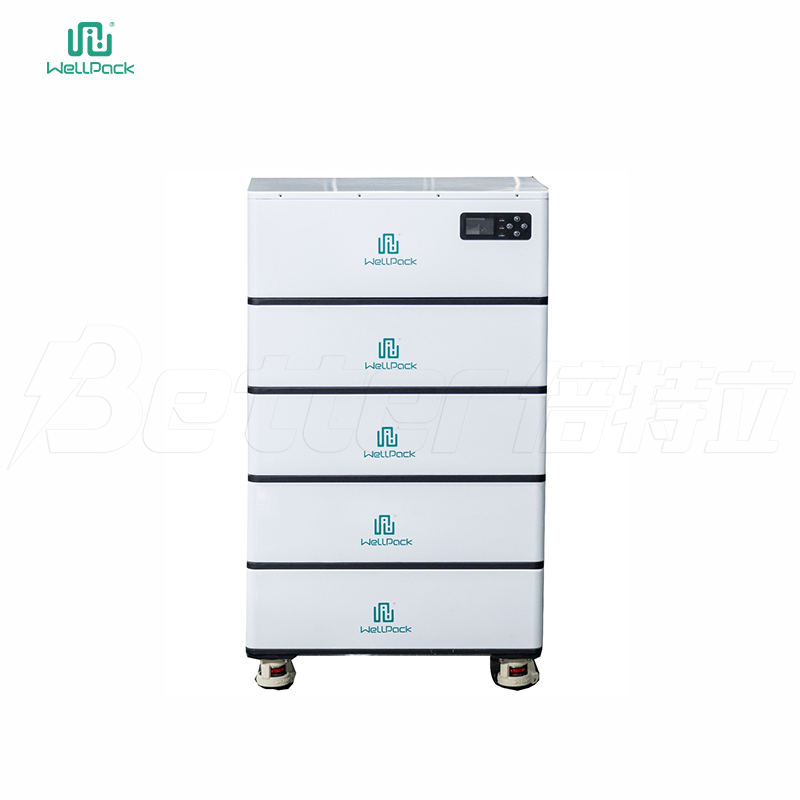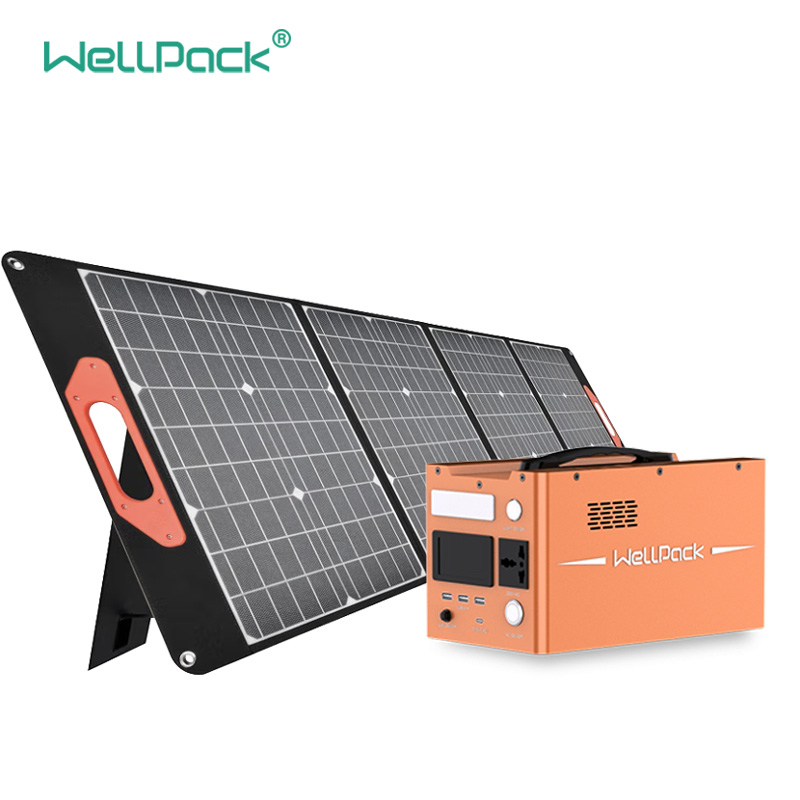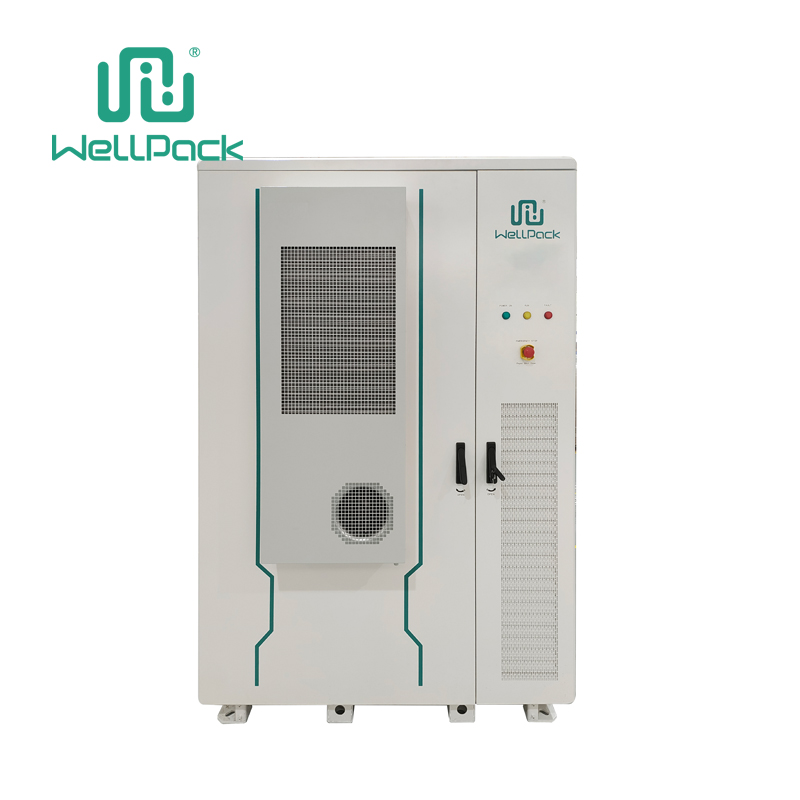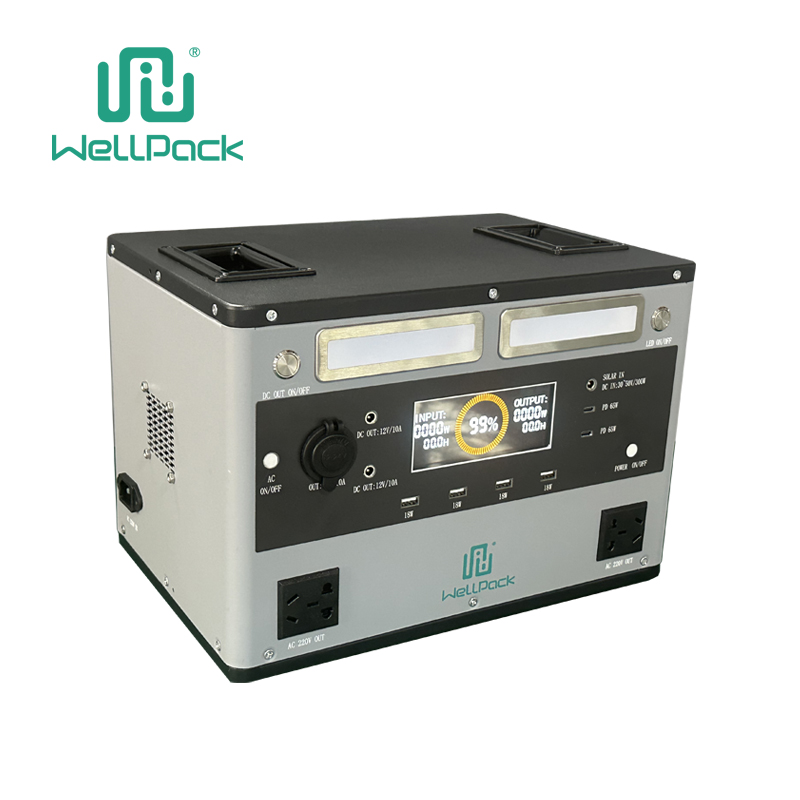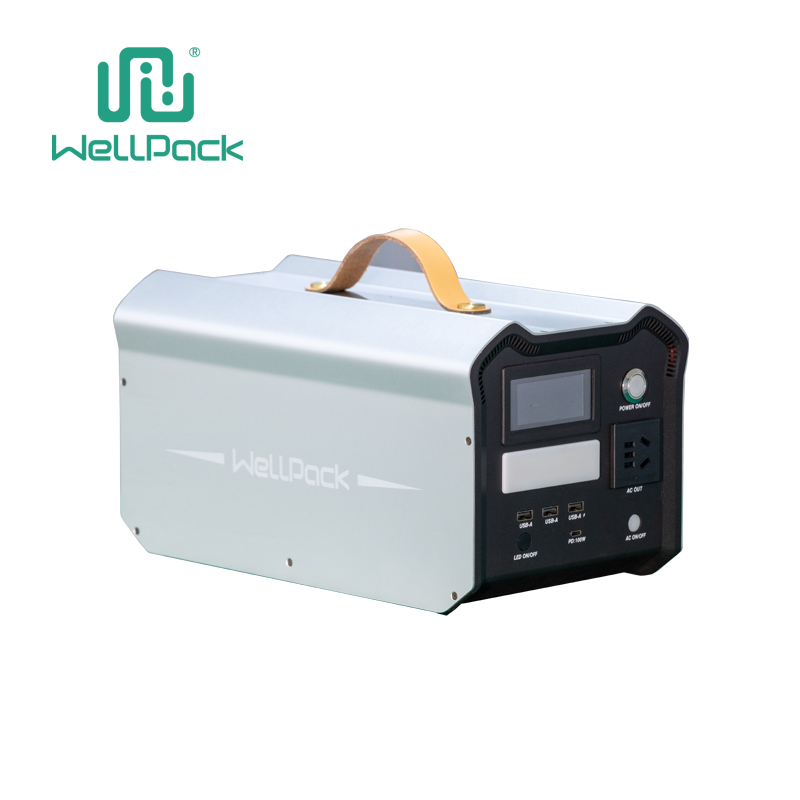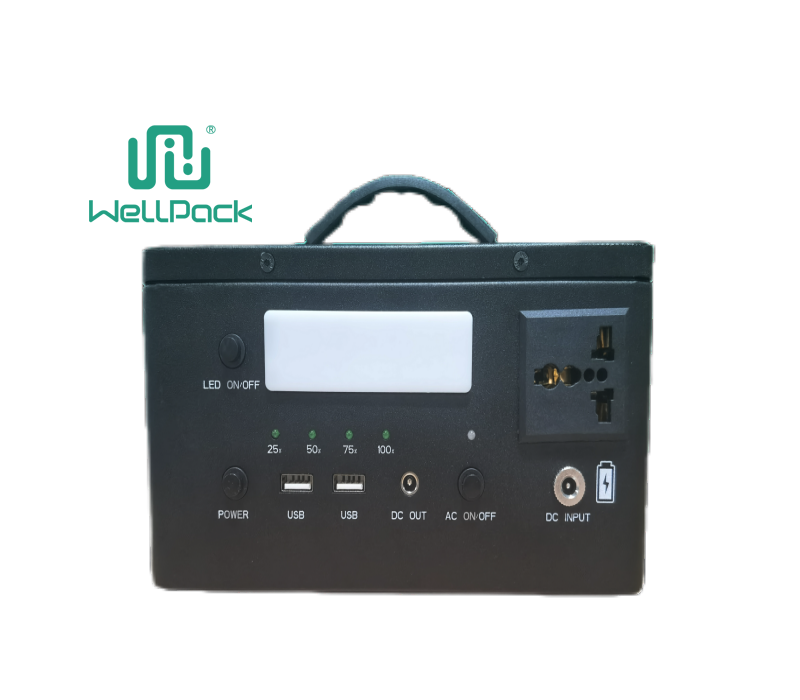Home energy storage is a technology that allows you to store excess electricity from your solar panels or the grid and use it later when you need it. It can help you save money on your electricity bills, reduce your dependence on fossil fuels, and contribute to a cleaner and more resilient energy system. In this article, we will explain how home energy storage works, how much it can save you, and how it can benefit the environment.
How Home Energy Storage Works
Home energy storage systems consist of a battery, an inverter, and a controller. The battery stores the electricity in the form of direct current (DC), the inverter converts it to alternating current (AC) that can power your appliances, and the controller manages the charging and discharging of the battery.
There are two main ways to use home energy storage: self-consumption and grid services. Self-consumption means using the stored electricity to power your own home, either during peak hours when electricity prices are high or during power outages when the grid is down. Grid services mean providing electricity to the grid when it is needed, either to support the integration of renewable energy sources or to help balance supply and demand.
How Home Energy Storage Can Save You Money
Home energy storage can save you money by reducing your electricity bills and earning you incentives from your utility or grid operator. Here are some examples of how you can save money with home energy storage:
If you have solar panels, you can store the excess electricity that you generate during the day and use it at night or when the sun is not shining. This way, you can increase your self-consumption rate and reduce your reliance on the grid. You can also avoid paying fees or getting low rates for exporting your solar electricity to the grid, which some utilities charge under net metering policies.
If you don’t have solar panels, you can still save money by charging your battery from the grid when electricity prices are low (usually at night or during off-peak hours) and using it when prices are high (usually during peak hours or when demand is high). This way, you can take advantage of time-of-use pricing or demand charges, which some utilities apply to encourage customers to shift their electricity usage to off-peak times.
If you participate in grid services programs, you can earn money by providing electricity to the grid when it is needed. For example, you can join a demand response program, where you agree to reduce your electricity consumption or discharge your battery during periods of high demand or grid stress. You can also join a frequency regulation program, where you agree to adjust your battery output to help maintain the stability of the grid frequency. Depending on the program, you can receive payments or credits for your participation.
How Home Energy Storage Can Reduce Your Carbon Footprint
Home energy storage can reduce your carbon footprint by lowering your greenhouse gas emissions from electricity consumption. Here are some examples of how you can reduce your carbon footprint with home energy storage:
If you have solar panels, you can use more of your own clean electricity and less of the grid electricity, which may come from fossil fuels. This way, you can avoid emitting carbon dioxide and other pollutants that contribute to climate change and air pollution.
If you don’t have solar panels, you can still reduce your carbon footprint by shifting your electricity usage from peak hours to off-peak hours. This way, you can reduce the need for peaking power plants, which are usually fueled by natural gas or coal and have higher emission rates than baseload power plants.
If you participate in grid services programs, you can help integrate more renewable energy sources into the grid and reduce its reliance on fossil fuels. For example, you can provide backup power or frequency regulation for wind or solar farms, which are variable and intermittent sources of electricity. You can also help balance supply and demand on the grid, which can prevent blackouts or curtailments of renewable energy.
Conclusion
Home energy storage is a smart and sustainable way to manage your electricity consumption and production. It can help you save money on your electricity bills, reduce your dependence on fossil fuels, and contribute to a cleaner and more resilient energy system. If you are interested in installing a home energy storage system in your home, contact us today for a free consultation and quote.

